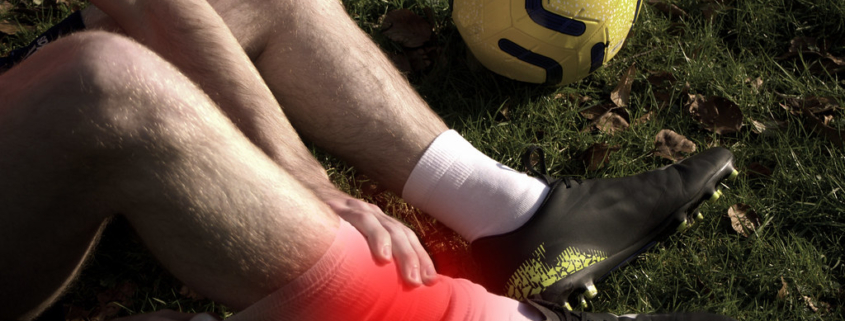
Sports Injuries
Overview
Sports injuries refer to the injuries that occur during sports or exercise. Many people experience these injuries as a result of not being adequately warmed up before starting an activity, poor training practices, or not using the right equipment. The prevalence of sports injuries is quite high, especially amongst individuals who play sports on a regular basis. Whether you’re a professional athlete or an occasional gym-goer, knowing how to prevent, treat, and cope with sports injuries is a crucial part of maintaining a healthy, active lifestyle.
Types
Sports injuries can be broadly categorized into two types: acute injuries and chronic injuries. Acute injuries occur abruptly during activity, with symptoms like pain, swelling, and inability to move a joint. Sprains, strains, fractures, and dislocations are some examples. Chronic injuries, also known as “overuse injuries,” occur overtime due to repetitive training in sports. Examples include tennis elbow, swimmer’s shoulder, jumper’s knee, and shin splints.
Causes
Causes of sports injuries can include:
– Lack of warm-up or cool-down exercises
– Unfit equipment or gear
– Poor training techniques
– Overuse of a certain body part
– Fatigue and dehydration
– Playing sports while in pain
- Ignoring the body’s limitations
Symptoms
Sports injury symptoms vary depending on the nature and severity of the injury, but may include:
– Severity and sudden onset of pain
– Swelling or tenderness around the injured site
– Limited range of motion
- Instability or weakness of a joint
– Bruising or changes in color around the injury
Diagnosis
To diagnose sports injuries, a doctor will usually perform a physical examination and ask about the incident. Imaging tests such as X-rays, MRI, or ultrasound may be required to confirm the diagnosis and assess the extent of the injury.
Treatment Options
Treatment depends on the type and severity of the injury. Common treatment options include rest, ice, compression, elevation (RICE), pain relievers, physical rehabilitation, and in severe cases, surgery.
Living With Sports Injuries
Managing a sports injury involves:
– Following your doctor’s treatment plan diligently
– Prioritizing rest and rehabilitation
– Regularly moving the injured area to promote blood flow
– Eating a nutrient-rich diet to support healing
– Seeking emotional support, as coping with an injury can be taxing
- Gradually returning to sports once healed, with the guidance of a health professional
When to Seek Help
– Intense pain or discomfort
– Obvious deformities, like bent joints or bones
– Inability to bear weight on a limb or joint
– Inability to move the affected body part
– Symptoms getting worse over time
These are signs that require immediate attention from a medical professional. If you experience these symptoms, or have concerns about an injury, reach out to a healthcare provider.
